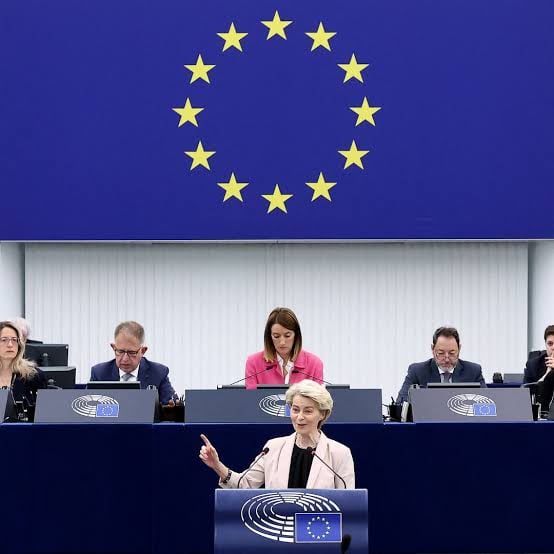Cooling Eurozone Inflation Paves Way for ECB Rate Cut

Eurozone inflation dipped below the European Central Bank’s 2% target for the first time since September 2024, coming in at 1.9% in May.
The sharper-than-expected slowdown, down from 2.2% in April, has boosted market expectations of a 25 basis point rate cut when the ECB meets this Thursday.
Core inflation also eased, falling to 2.4% from 2.7%, with monthly price growth nearly flat at 0.1%, a confirmation of broad disinflationary momentum.
The cooling trend was most clear in services, where inflation fell from 4.0% to 3.2%, while non-energy industrial goods posted a stable 0.6% rise.
Energy prices dropped 3.6% year-on-year, continuing their downward trend. Food, alcohol, and tobacco remained inflationary outliers, rising 3.3% annually, up from 3.0%. The data highlights diverging pressures within the bloc, with France registering the lowest inflation rate at 0.6%, while Estonia topped the chart at 4.6%.
Meanwhile, the euro area’s unemployment rate declined to 6.2%, down from 6.3% in March, suggesting a resilient labor market despite fading inflation.
What Does This Mean for Me?
The euro weakened against the dollar, sliding to $1.1400 as traders moved to fully price in a rate cut that would lower the ECB deposit facility rate to 2.0%, its lowest since January 2023. German two-year bond yields, closely tied to ECB policy shifts, fell to 1.77% as bond markets responded to the expected easing.
More News

OECD Warns AI and Tariffs Will Test the Global Economy

Zero Tariffs, Higher Drug Bills as US and UK Reset Pharma Trade

Catastrophe Bonds Go Global as Climate Risk Meets Yield Hunting
.webp)
Canada Shields Steel and Lumber Industries From Tariffs

Trump Drops Selected Tariffs in Response to Inflation Pressures

Tariffs on Mexico Test Nuevo Leon’s Industrial Momentum

US Moves to Ease Latin American Tariffs as Food Inflation Mounts
